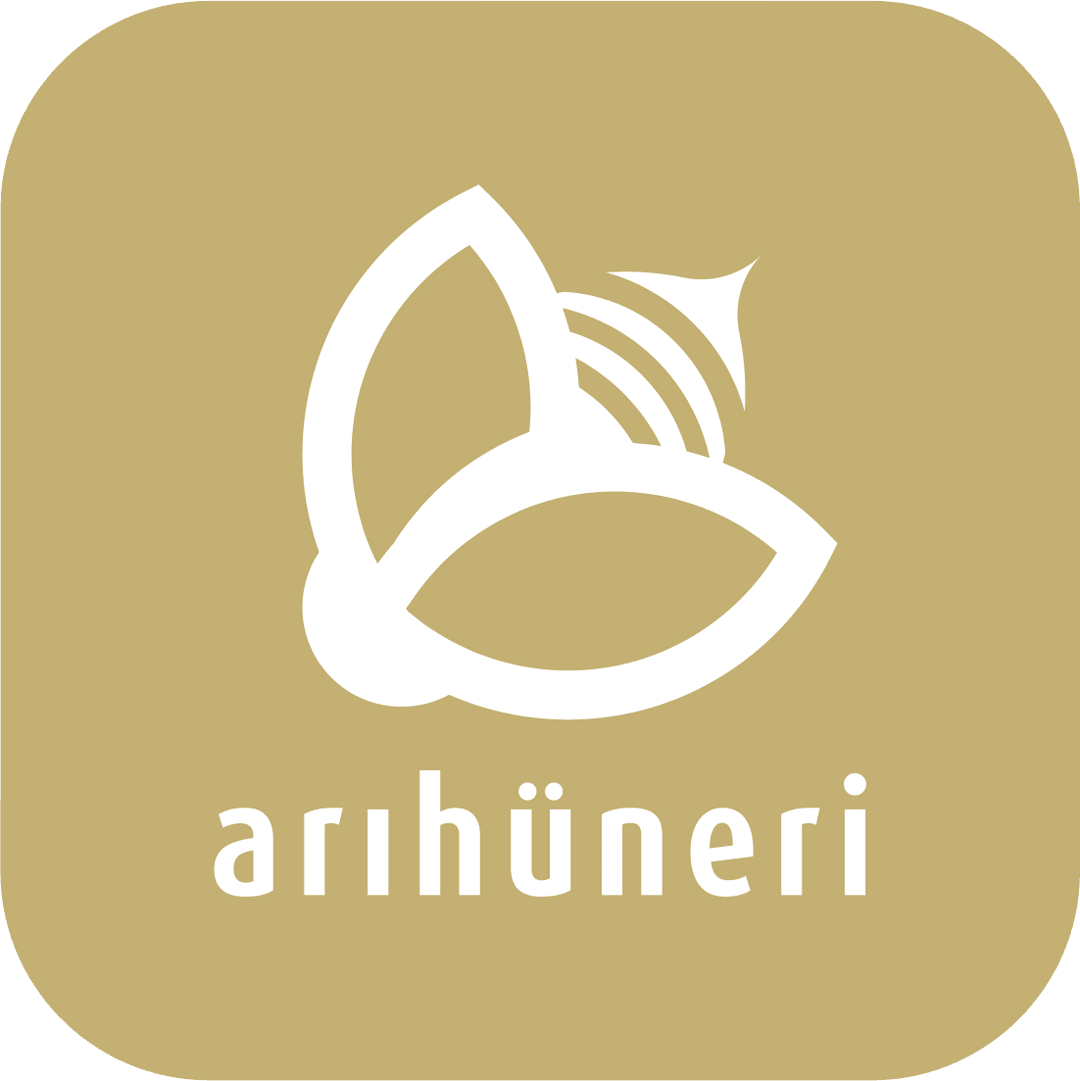High plateau honey is a type of flower honey generally produced in high
altitude plateaus in mountainous regions. This honey has a different flavor
profile than other honeys due to special climatic conditions, various
vegetation and natural factors. Here is an explanation about the properties of
highland honey:
Natural Flower Sources: High plateau honey is obtained from various flower species generally found
in mountainous areas. These flowers are commonly found in high altitude areas
with rich vegetation. This diversity contributes to honey's complex and rich
aromatic profile.
Clean Air and Water: High
altitude plateaus are generally areas where industrial pollution is less.
Therefore, bees used for highland honey production have the advantage of
breathing clean air. Additionally, clear and clean waters also affect the
quality of honey.
Low Chemical Contamination: High plateau honey may have lower levels of chemical contamination
because few pesticides and chemicals are generally used in high plateaus. This
can increase the naturalness and healthy properties of honey.
Slower Crystallization: High plateau honey tends to crystallize at lower temperatures. This
allows the honey to remain in liquid form for longer and offers consumers a
longer shelf life.
Intense Flavor Profile: A characteristic feature of highland honey is that it has a more intense
flavor profile compared to other honeys. This is a combination of different
flavor notes from various floral sources.
High Nutritional Value: High plateau honey generally has a naturally rich nutritional
profile. It contains natural sugars, vitamins, minerals and antioxidants,
making it a healthy food.
High plateau honey is a unique type of honey due to its special climatic
conditions and natural environment interactions. These features give it a
special taste and quality that distinguishes it from other honey.
